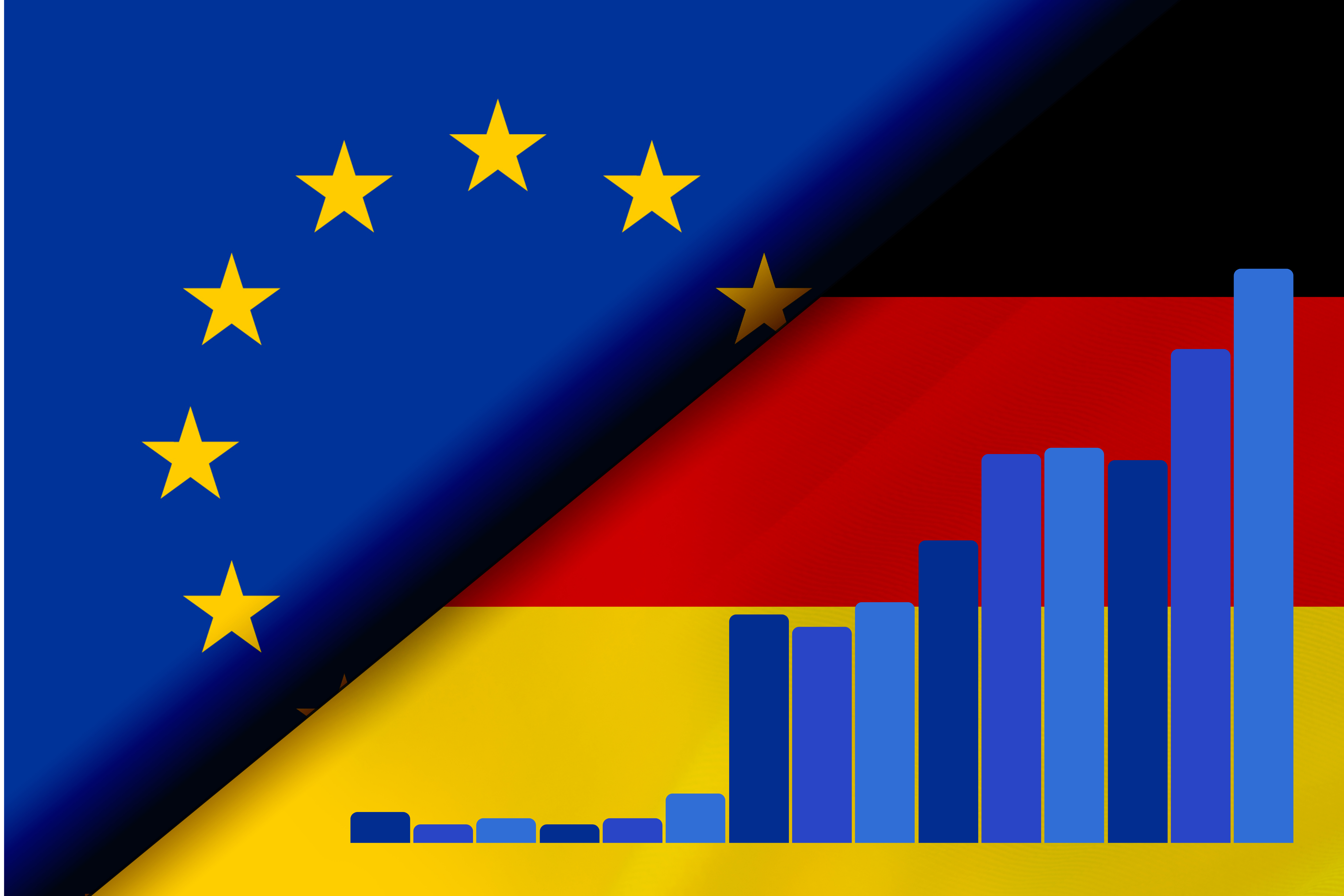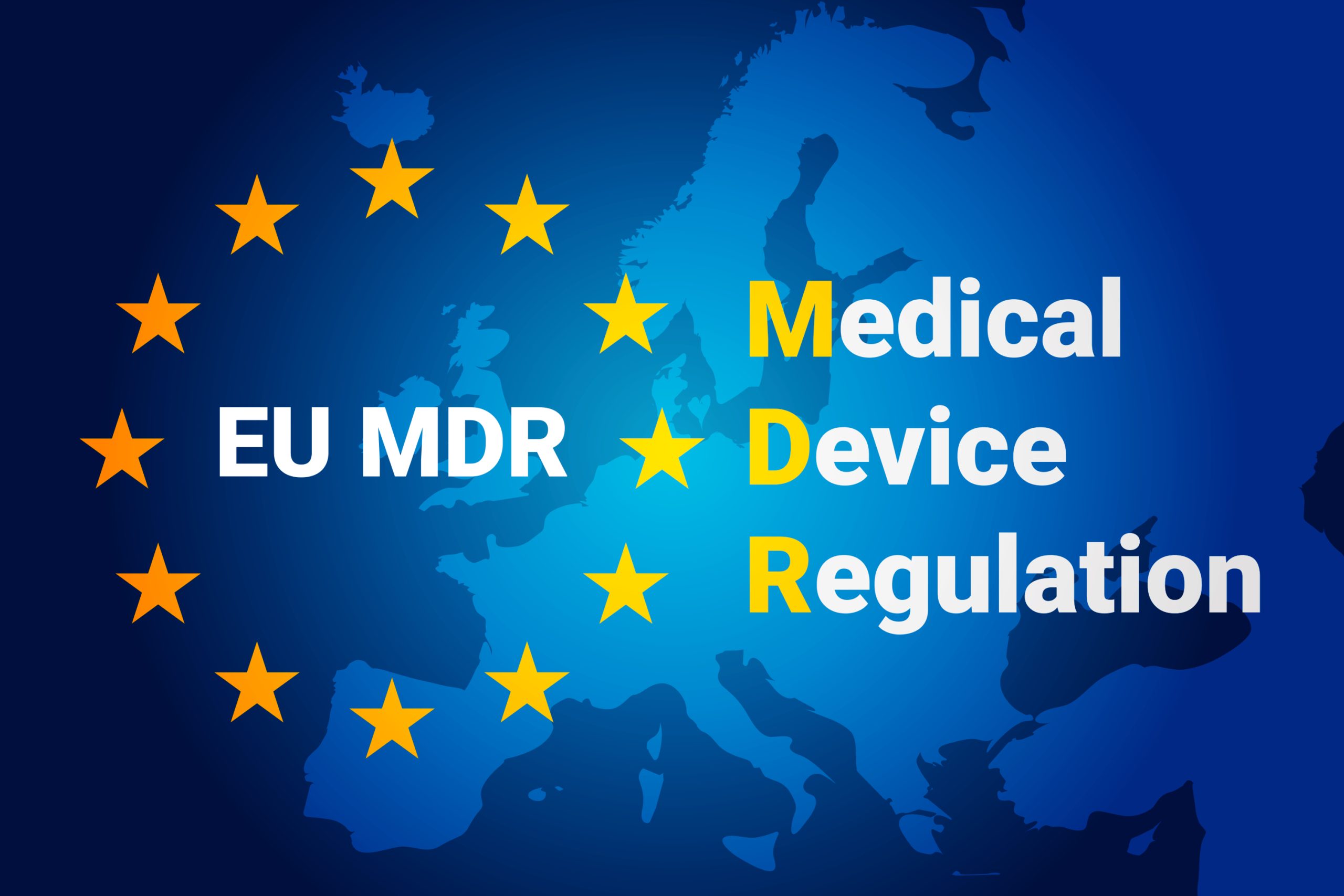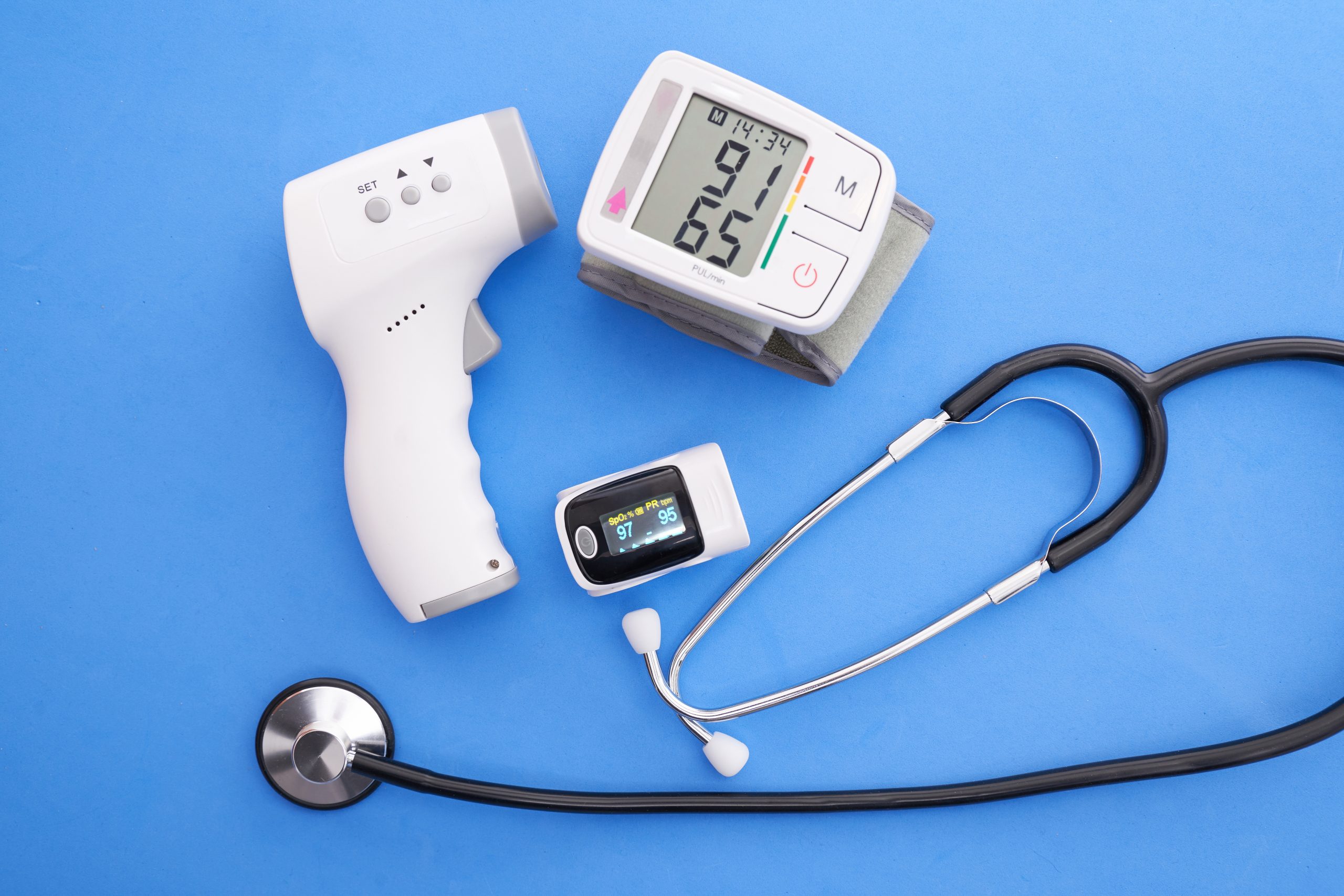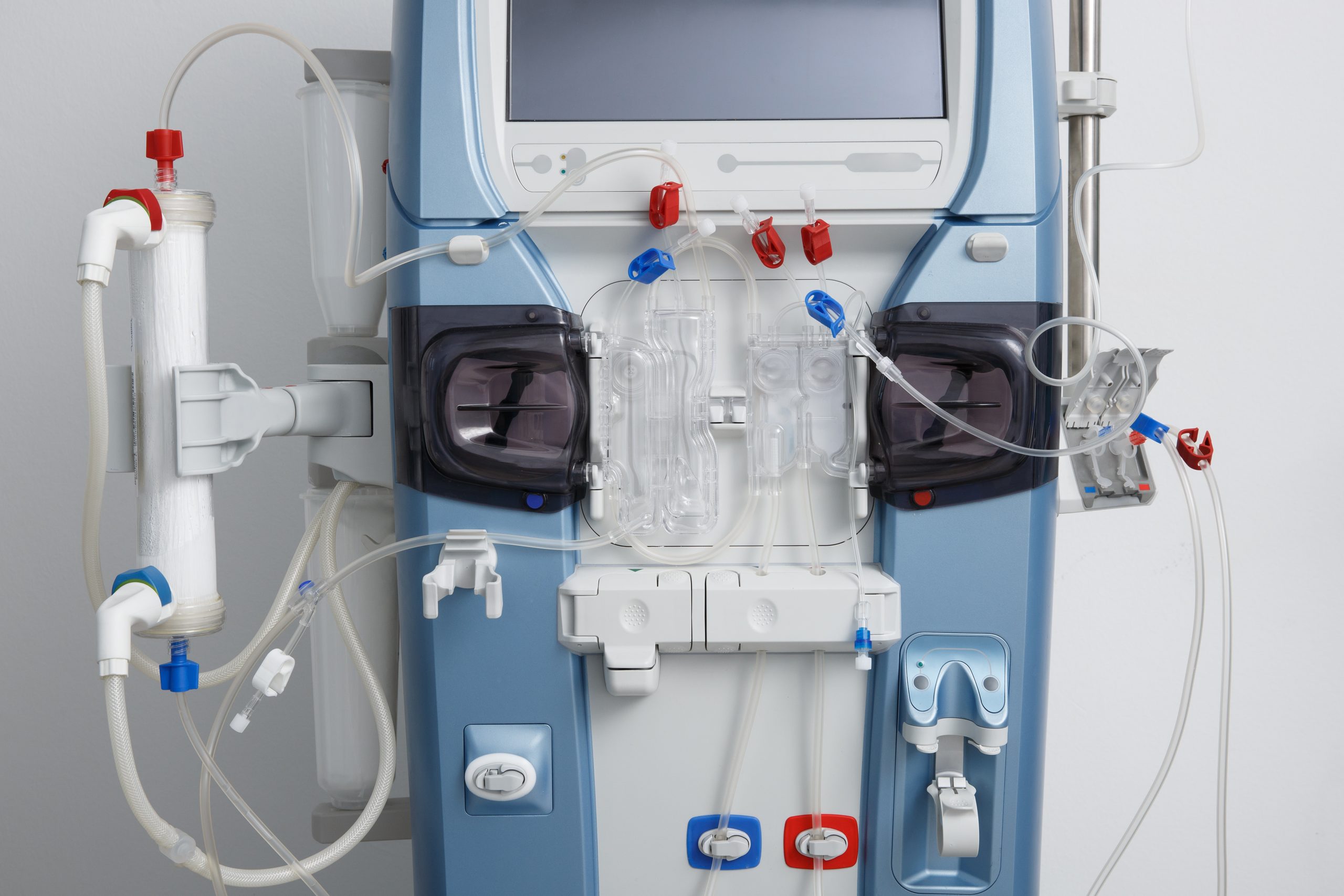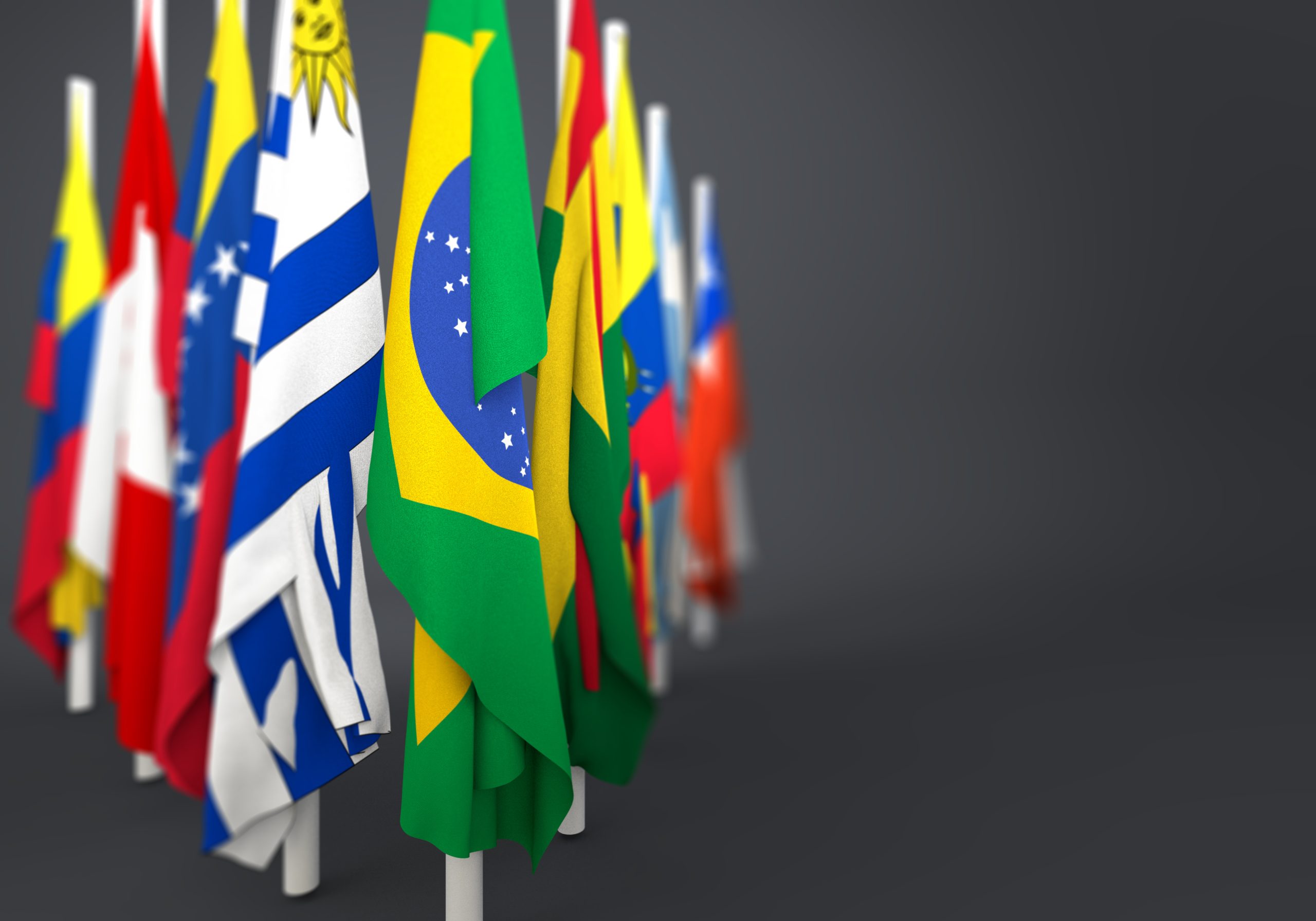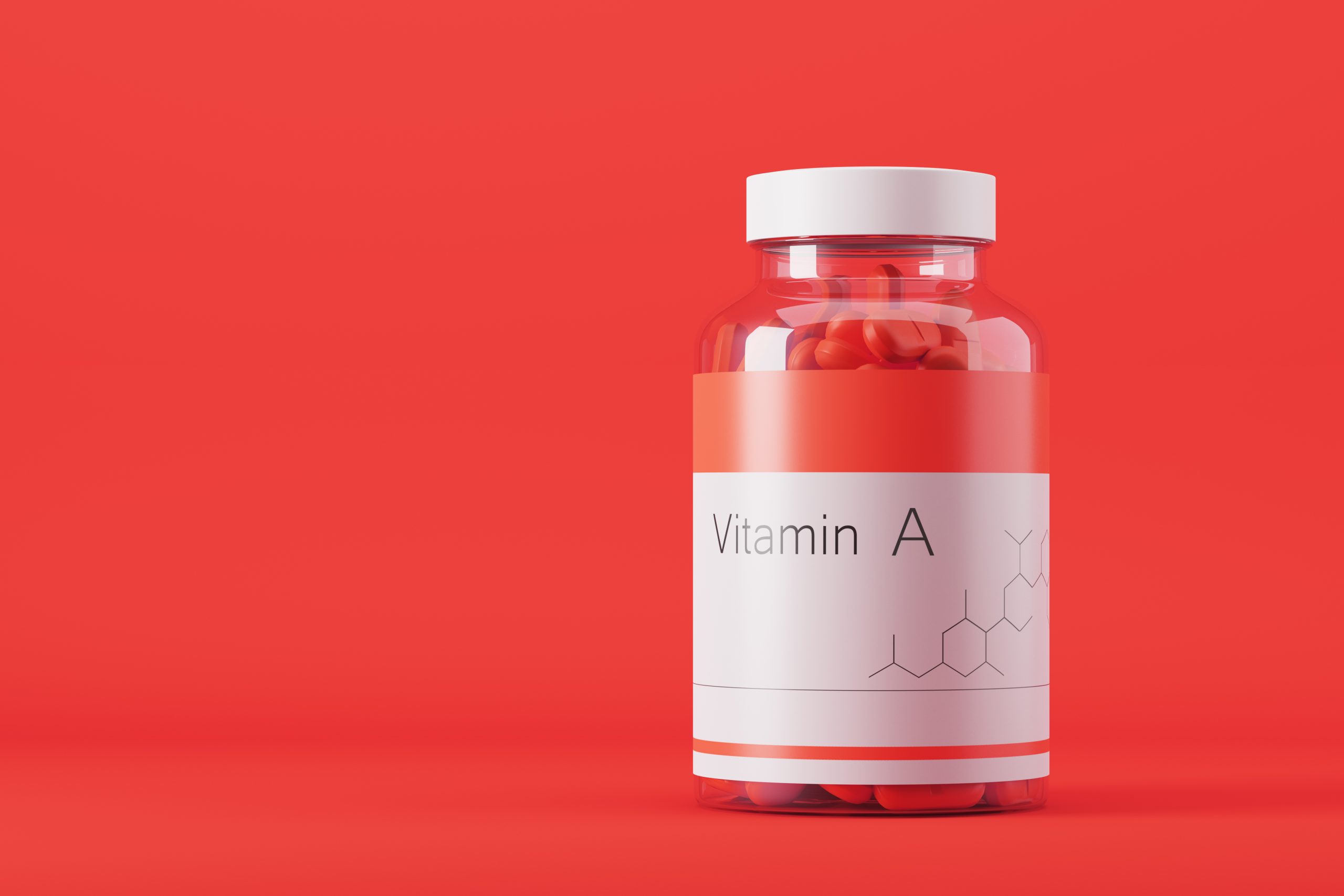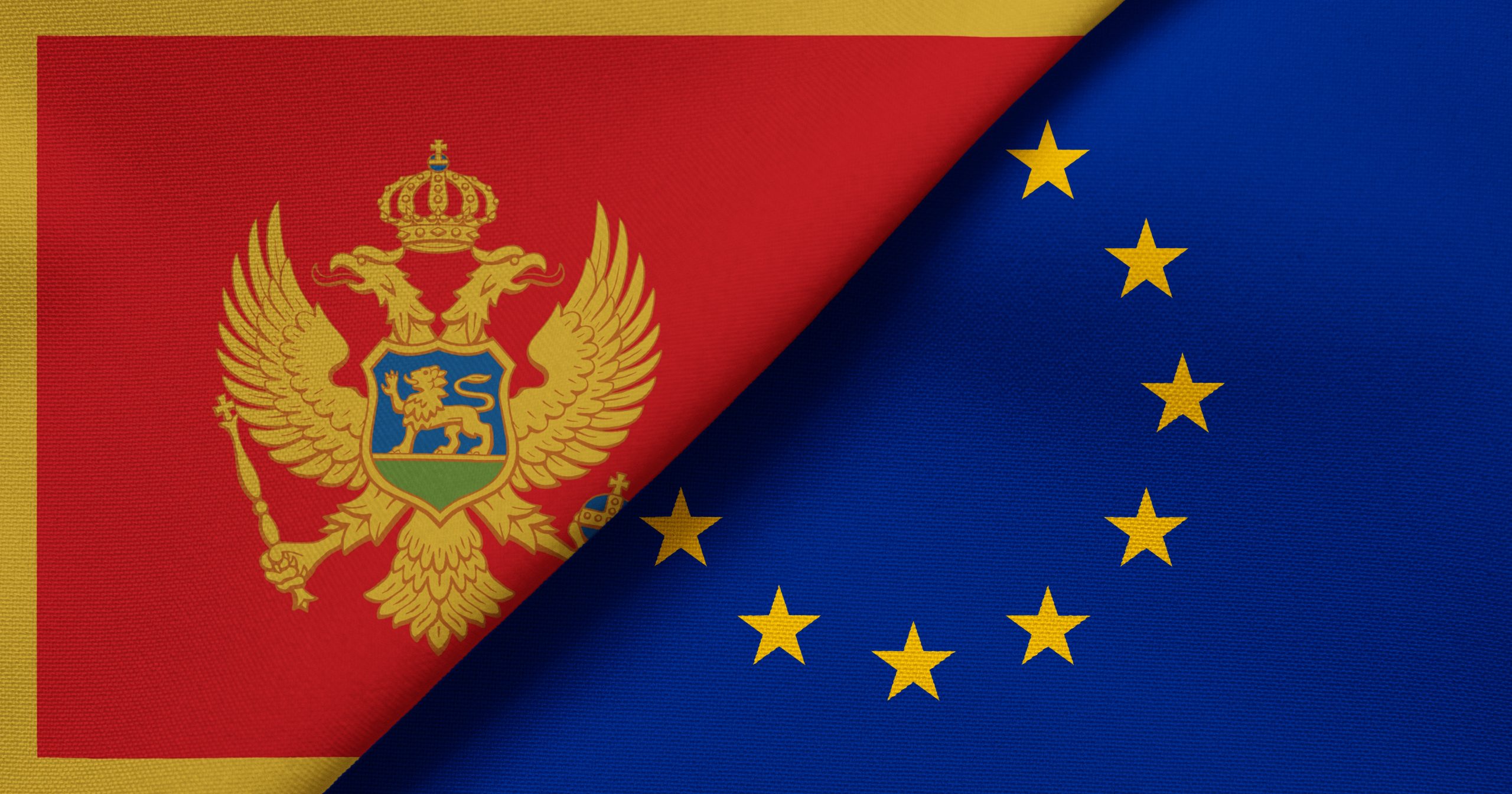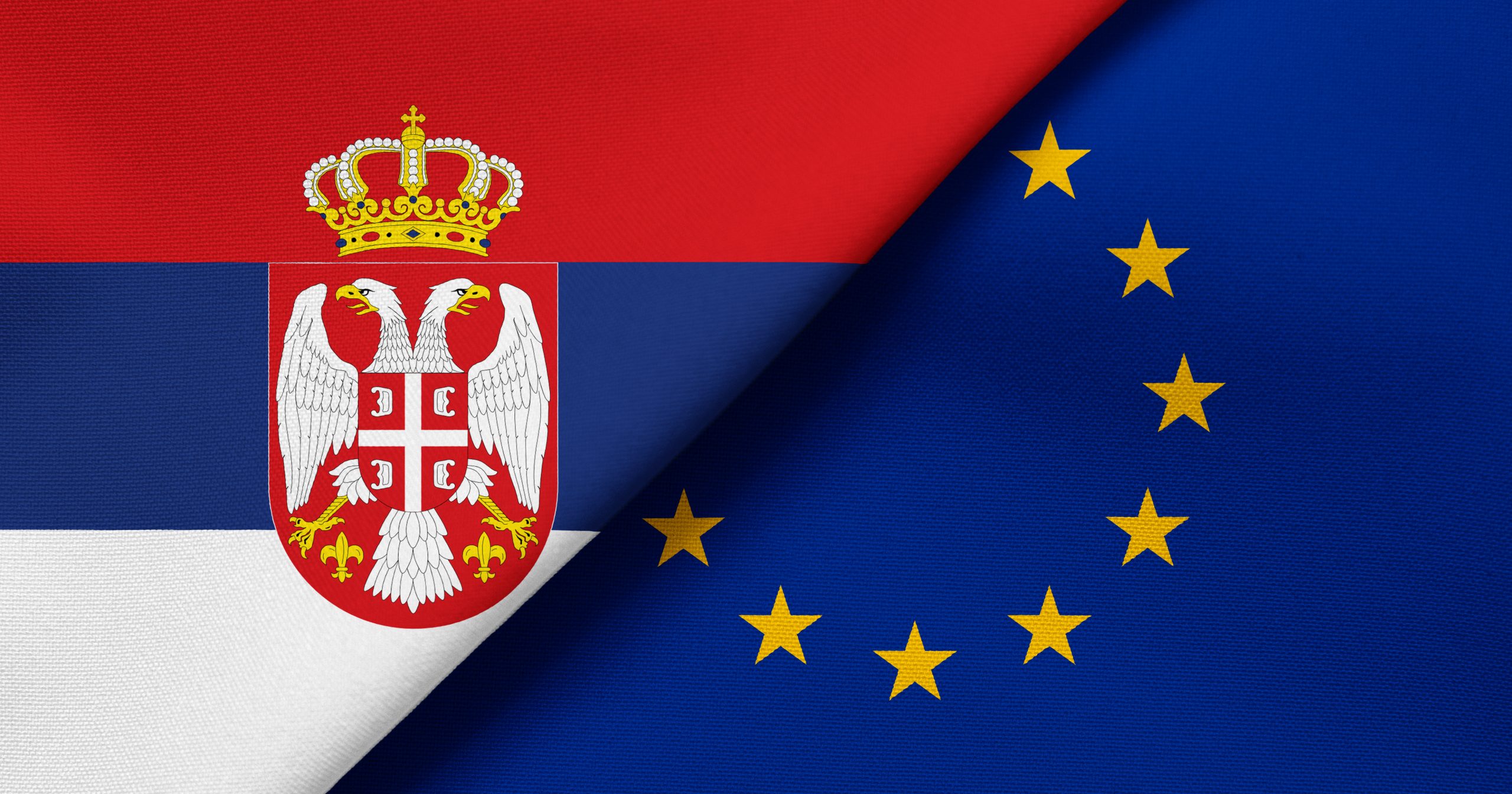EU MDR Language Requirements for the Graphical User Interface (GUI) of a Medical Device: What Are the Translation Requirements in Each EU Member State?
As innovative technologies continue to revolutionise healthcare, software has become an indispensable part of many solutions, with as many as one in four medical devices now relying on it. Whether it is software in a medical device (SiMD) or software as a medical device (SaMD), the incorporation of a user-friendly graphical user interface is essential for enhancing usability and functionality. Against this meteoric rise in highly digitised medtech products, the need for clear and precise guidelines on translation for software applications is evident. However, the European regulatory framework for medical devices currently has no separate legal provisions regulating this aspect of medical...Read more
02 Apr 2024
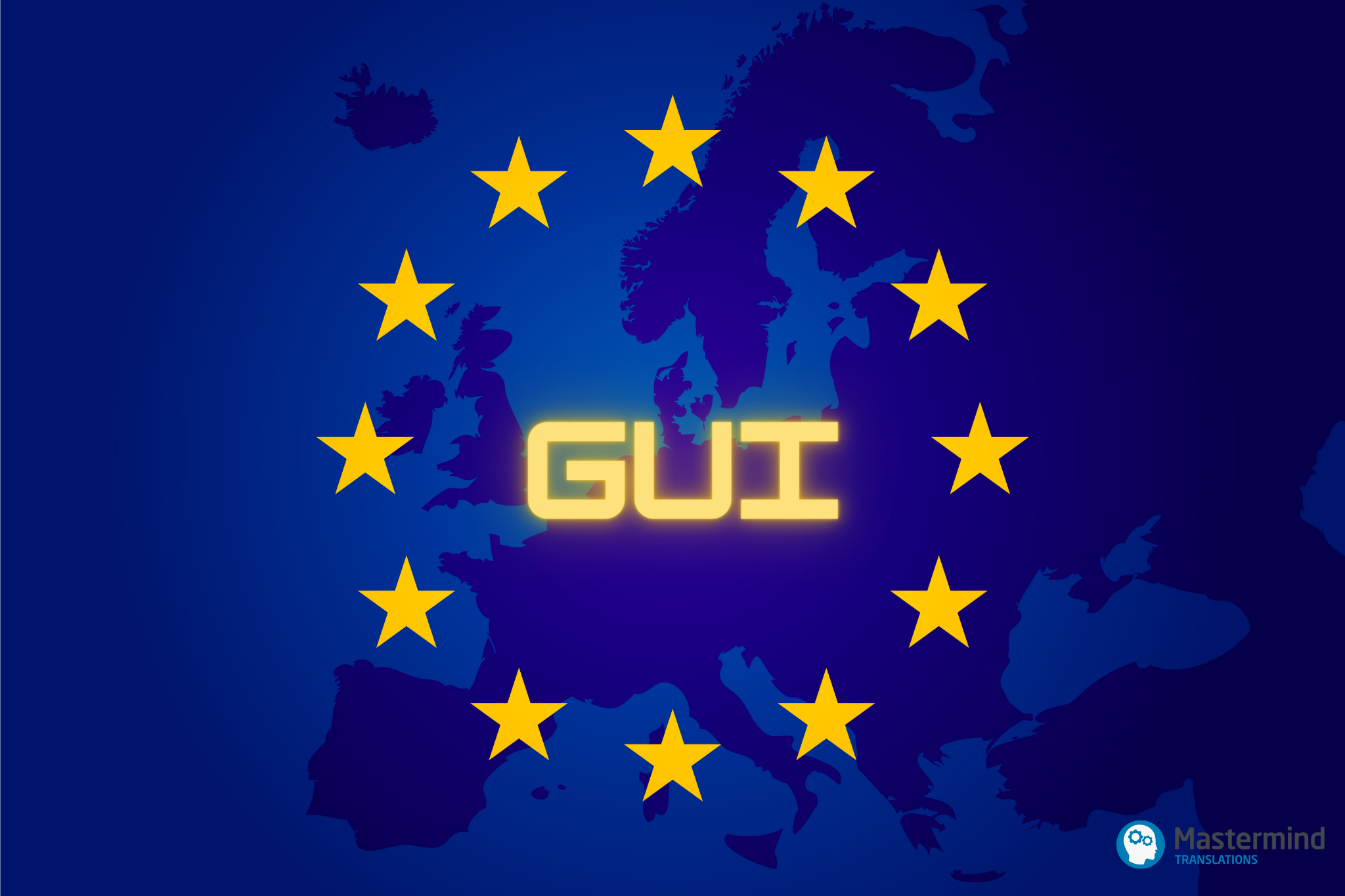
How Our Multilingual Website Content Got Catapulted to the Top of Google: The Secret of High Performing SEO Translation
01 Mar 2024
In today’s world, where diversity is celebrated and global connectivity is at its peak, translating your website is a strategic necessity that can propel your life science organization towards remarkable international success. In this article, we delve deep into the fusion of website translation and search engine optimization (SEO) to unveil the secrets of creating appealing and result-oriented multilingual content. Drawing on our own experience, we share a case study of a medtech article localized into multiple languages that has consistently stayed in the top search results.
Overview of Language Requirements for Medical Devices in Each Member State under the EU MDR and IVDR Published by the European Commission
08 Feb 2024
On 17th January 2024, the European Commission released two tables summarising the language requirements for manufacturers of medical devices under the EU MDR and IVDR. These tables consolidate the national translation requirements for medical devices and in vitro diagnostic medical devices, respectively, across 31 European countries. In this article, we analyse the key aspects of this publication, its benefits and limitations, and provide insights for manufacturers aiming for compliance.
Boosting the Visibility of Your International Life Science Website: A Comprehensive Guide to Multilingual SEO Translation and Localisation
24 Nov 2023
In the fast-paced world of digital marketing, multilingual search engine optimisation (SEO) has become a crucial weapon in the arsenal of successful marketing strategies for life science companies looking to expand their global reach. In today’s fiercely competitive digital environment, the translation of your life science website’s content serves as a potent catalyst to improve your online visibility, helping you better connect with your international audience. In this article, we explore the intricacies of multilingual SEO translation and localisation with a dedicated focus on the life sciences industry. From understanding the basics of SEO to the complexities of a multilingual...Read more
FAQs: Language Translation Requirements for Medical Device Companies Operating in the EU under the New EU MDR and IVDR
19 Oct 2023
Are you a medical device company preparing to place your products on the European market? The new European Union Medical Device Regulation (MDR) and In Vitro Diagnostic Medical Device Regulation (IVDR) introduce language translation requirements that might leave you bewildered, especially if you are new to the EU market. Navigating the intricacies of these new regulations and finding definitive answers to your questions, often very specific to your unique circumstances, can quickly become a challenging and time-consuming task for you and your regulatory team. The absence of clear guidance can lead to frustrating searches, yielding ambiguous results open to interpretation.
What Are the MDR and IVDR Language Requirements for Field Safety Notices for Medical Devices?
29 Aug 2023
In the rapidly evolving landscape of medical devices, patient safety takes precedence. When issues that could potentially pose risks to users and patients arise with a medical device, manufacturers must take swift corrective action. One essential tool in this process is the Field Safety Notice, a communication mechanism used by manufacturers to inform users and customers about safety concerns regarding their products. In this article, we explore the concept of Field Safety Notices, and discuss the mandatory language requirements applicable to them under the EU Medical Device Regulation (MDR) and EU In Vitro Diagnostic Medical Devices Regulation (IVDR). What are...Read more
What Are the Language Requirements for Medical Device Registration in Latin America (LatAm)?
23 Jul 2023
Latin America, with its vast population of over 650 million across 20 countries, presents a rapidly growing market for medical device companies. Factors such as population growth, enhanced healthcare accessibility, and an increase in chronic diseases have fuelled rising demand for medical technologies in the region. Recent improvements in the medical device regulatory framework further facilitate market entry for medtech companies with global ambitions. To successfully navigate the local regulatory environment, manufacturers must comply with language requirements, and ensure that specific information is provided in the requested languages, such as Spanish or Portuguese. In this article, we explore the language...Read more
Is Your Food Supplement Compliant with Food Advertising and Labelling of Food Supplements Rules?
30 May 2023
In today’s health-conscious society, the popularity of food supplements has soared. To protect consumers, preserve brand reputation, and avoid legal pitfalls, manufacturers and marketers must comply with labelling and promotional regulations. Getting your copy right from the start is also vital, to prevent misleading information being reproduced in translation. In this article, you will learn how to ensure regulatory compliance for your product information and its promotional material.
What Are the EU MDR Language Requirements for Medical Devices in Montenegro And How Can We Ensure Compliance?
31 Mar 2023
Montenegro’s progress towards full membership of the European Union has led to the harmonisation of many of its laws with EU legislation, including medical device legislation. The marketing of medical devices is subject to particularly stringent regulatory measures in the EU market, which has recently seen the introduction of new mandatory language requirements for product information, such as labels and instructions for use. This article aims to provide insights into the language requirements for medical devices in Montenegro and their implications for medical device companies intending to enter the Montenegrin market.
What Are the Language Requirements for Medical Devices in Serbia?
08 Mar 2023
Serbia is making significant progress towards membership of the European Union and, as part of this process, has harmonised a number of its laws and regulations with EU legislation. One such legal area concerns the marketing of medical devices. This is subject to stringent regulatory measures, including mandatory language requirements for the product information accompanying the medical device, such as the label and instructions for use. As a result, manufacturers of medical devices intending to place their products on the Serbian market must follow strict language rules. This article will explore the language requirements for medical devices in Serbia and...Read more


